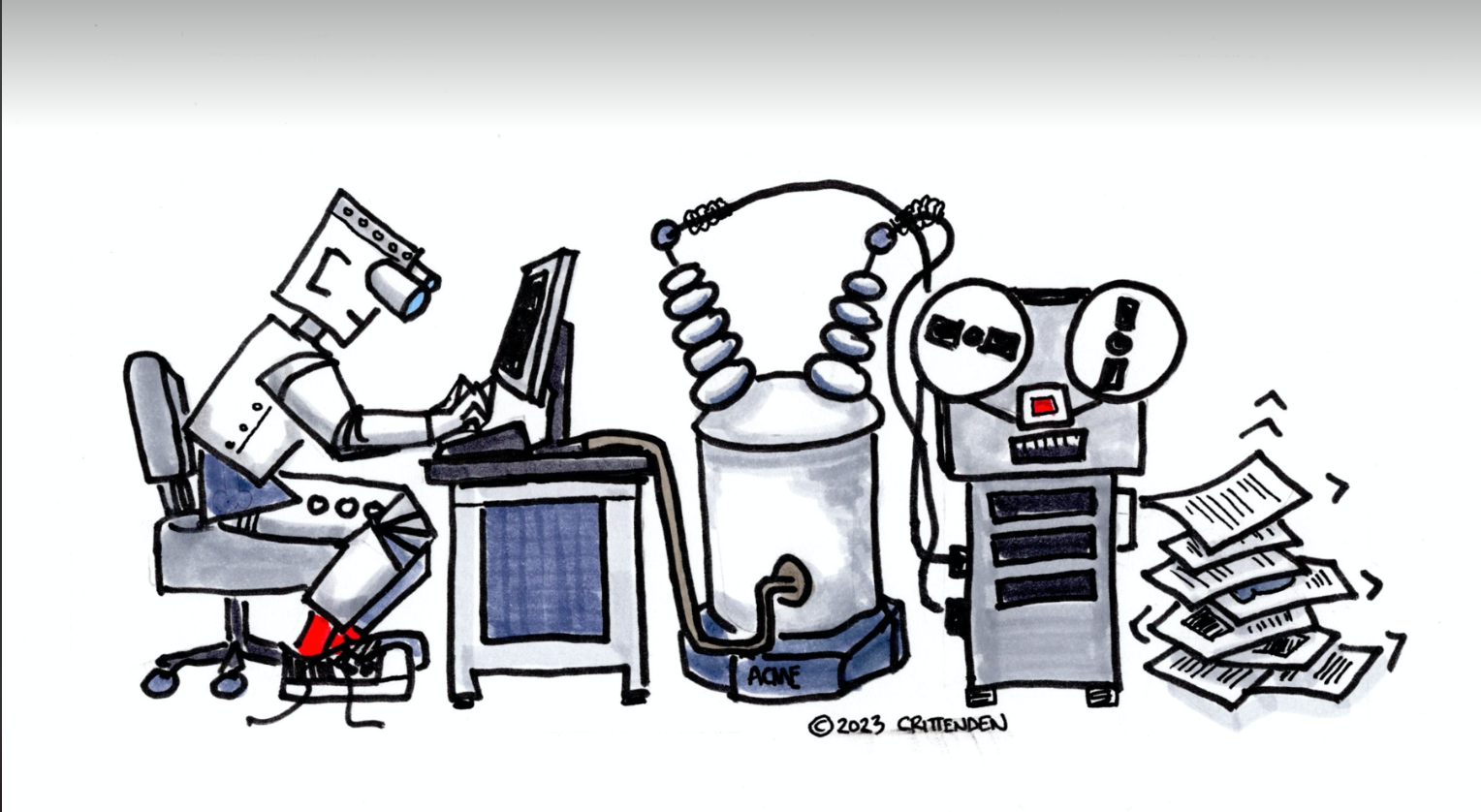Sibling Synchronicity
September 19, 2023
How exec comms pros can collaborate seamlessly and strategically with their peers in PR and internal comms—and why they must!
Within your organization, there are most likely several functions within Communications, including Public Relations, Internal Comms, and Exec Comms. PR is primarily external-facing. Internal Comms is primarily internal-facing. Exec Comms is often both.
It takes coordinated efforts of all these functions to deliver outstanding outcomes for the organization and the executive team, and Exec Comms is often the key connector.
Working in Exec Comms, you’re privy to a holistic internal/external view of the business and the executive’s world. Which means you have an important role to play as a communications connector.
Here’s how to play that role well:
Stay closely aligned with the teams
Knowing the top priorities, challenges, and content of each Communications team will help the broader Comms organization move in the same direction. You can achieve this through weekly peer 1:1s, inviting members of the PR or Internal Comms teams to your team meetings whenever you’re discussing topics that involve them, asking team members to review and provide input into content, and establishing slack channels for sharing updates, questions, and relevant documents.
Establish clear swim lanes
Since members of the PR and Internal Comms team are also interacting with executives, it’s important to clarify the scope and remit of each team as well as who is the most appropriate partner to interact with the executive. Ideally, whichever team is taking the lead on exec interaction is keeping the other teams informed.
The PR team usually drives media interviews with execs, media bylines, earnings press release and exec quotes, and joint media opportunities with customers or partners.
Internal Comms usually drives agenda development and planning for all hands meetings, overall comms plans for organizational changes, intranet updates, and employee facing events like roundtables and functional town halls.
Exec Comms’ scope can include keynote development, earnings scripts, CXO peer network speaking engagements, podcast interviews, updates to leadership pages on the company website, social media presence, and customer correspondence and engagement.
Set expectations with your executive
Optimize for the executive experience by clarifying upfront what they can expect in terms of support, content, and their point of contact (POC). In most cases, the Exec Comms team member is the main POC who will work with the PR and Internal Comms teams on specific outcomes; but in some cases it makes sense for those team members to be directly interacting with the exec. Check in on this process regularly with the executive and their support team (EA and/or Chief of Staff) to ensure there’s no confusion or frustration with the engagement model. If there is, look for ways to streamline as much as possible.
Be a great partner
It takes a village for organizations to deliver authentic and impactful communications. [See the February 2023 article on Collaboration] Play your part by being a responsive, collaborative partner when it comes to developing content, preparing an engagement, and responding to requests.
And of course, when the team delivers a successful outcome, share credit generously. Thank each person who contributed, and encourage your executive to acknowledge the effort.
A collaboration-minded Exec Comms team can go a long way to creating a more coordinated and effective overall Comms organization—and a better-led company, as a result!
***
A founding member of the Executive Communication Council, Kari Matalone is senior director, corporate and executive communications at Snowflake, a cloud computing-based data company. Prior to Snowflake, Kari managed executive communications for six years at Splunk, and four years at Cisco. Born and raised in San Jose, Calif., Kari attended university in Brussels, Belgium, and began her career there, before returning to the Bay Area.






Very insightful, thanks for sharing